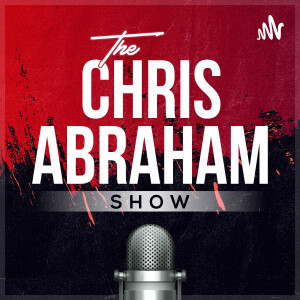
S5E24 The Winning Combination of High-Energy Flux Diets and Incremental Load Training for Fat Loss: How to Lose Fat with High-Energy Flux Diets
 2023-07-04
2023-07-04
YouTube video from Ryan Humiston: This Changes FAT LOSS!
n a recent YouTube video, Ryan Humiston shared his strategy for losing fat while maintaining muscle mass. He calls it the "high-energy flux diet".
The basic idea is to create a state of high energy flux in your body, which means that you are burning a lot of calories both through exercise and through your resting metabolic rate (RMR). This can be achieved by combining a calorie deficit with regular exercise.
Humiston says that he typically aims for a calorie deficit of 1000-1500 calories per day. He then makes up for any dietary slips by increasing his physical activity. For example, if he has a day where he eats 2000 calories instead of 1500, he will go for a longer walk or run to burn off the extra calories.
Humiston also uses a weighted vest to increase the intensity of his workouts. He says that this helps him to burn more calories and build muscle at the same time.
In his video, Humiston shares his results from following the high-energy flux diet. He says that he has lost fat while maintaining muscle mass, and he has also seen an improvement in his strength and overall fitness.
If you are looking for a way to lose fat without sacrificing muscle mass, the high-energy flux diet may be a good option for you. However, it is important to talk to your doctor before starting any new diet or exercise program.
Here are some additional tips for following a high-energy flux diet:
- Make sure to get enough protein. Protein helps to preserve muscle mass while you are losing weight.
- Eat plenty of fruits and vegetables. Fruits and vegetables are low in calories and high in nutrients, which can help you to feel full and satisfied.
- Choose healthy fats. Healthy fats, such as those found in avocados, olive oil, and nuts, can help to boost your metabolism and promote weight loss.
- Drink plenty of water. Water helps to keep you hydrated and can also help to boost your metabolism.
- Get regular exercise. Exercise is essential for weight loss and for maintaining muscle mass. Aim for at least 30 minutes of moderate-intensity exercise most days of the week.
Typically, weight loss programs rely heavily on creating a calorie deficit. However, this can sometimes lead to fatigue and muscle loss. A high-energy flux diet, on the other hand, combines an increased energy expenditure through exercise with higher calorie intake. The goal here is to be in a slight calorie deficit but maintain a high metabolic rate.
For instance, Ryan mentions aiming for a 1,000 to 1,500 calorie deficit, but on days when the diet isn’t strictly adhered to, the energy expenditure through exercises compensates for it. Walking 7 to 10 miles and burning an extra 500 to 700 calories can balance out an increased intake of 2,000 to 2,500 calories.
What sets this strategy apart is the incorporation of incremental load training. As you lose weight, instead of becoming complacent with the reduced body weight, you add the equivalent weight you have lost back into a rucksack. This means that as you lose body weight, you’re incrementally increasing the weight in your rucksack, which maintains or even increases the intensity of your exercises.
By doing so, you continue to challenge your body, which can result in increased strength, muscle maintenance, and a higher metabolic rate. It ensures that the body doesn’t adapt to a lower weight and that the metabolic rate remains high, making it easier to maintain or increase the calorie deficit.
One of the key takeaways from Ryan’s strategy is that movement and nutrition should complement each other. When you’re not able to maintain your diet, you should focus more on movement to compensate and vice versa. This way, there is less pressure on being perfect in either aspect and allows for more flexibility in lifestyle while still making progress.
--- Support this podcast: https://podcasters.spotify.com/pod/show/chrisabraham/supportMore Episodes
Create your
podcast in
minutes
- Full-featured podcast site
- Unlimited storage and bandwidth
- Comprehensive podcast stats
- Distribute to Apple Podcasts, Spotify, and more
- Make money with your podcast
It is Free
- Privacy Policy
- Cookie Policy
- Terms of Use
- Consent Preferences
- Copyright © 2015-2024 Podbean.com





